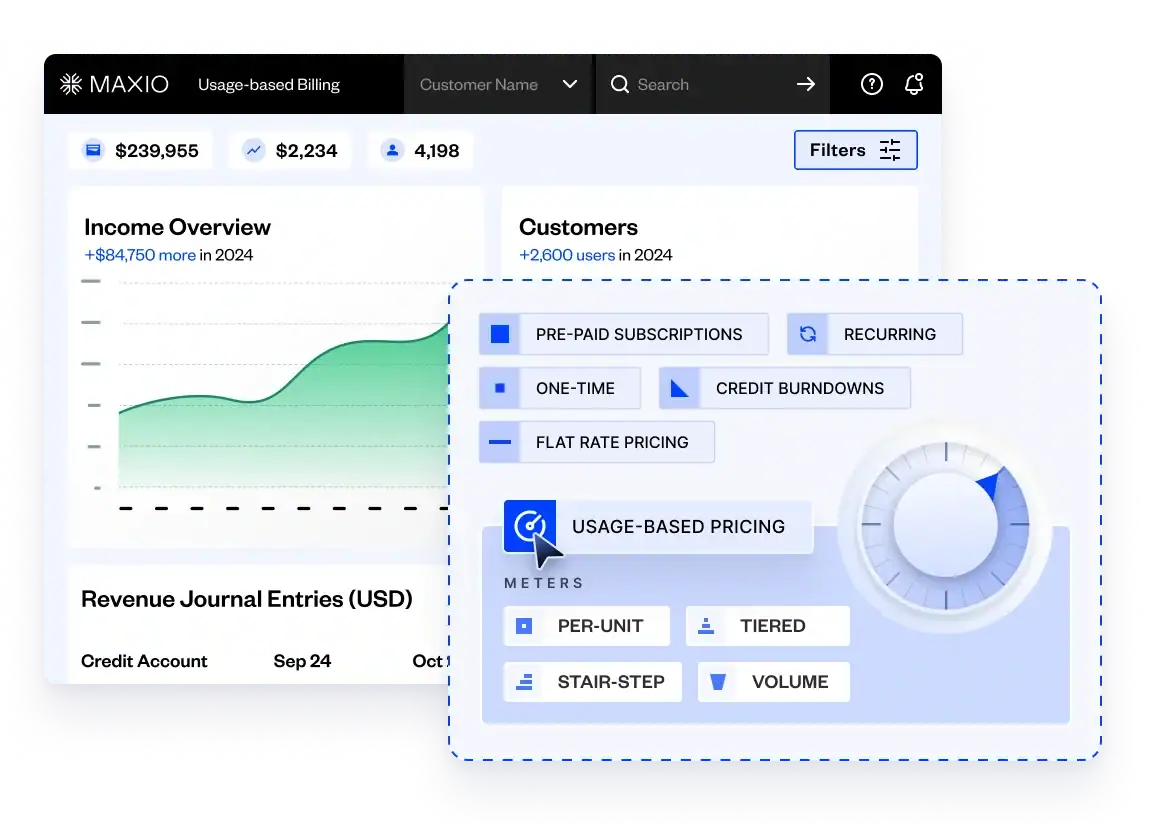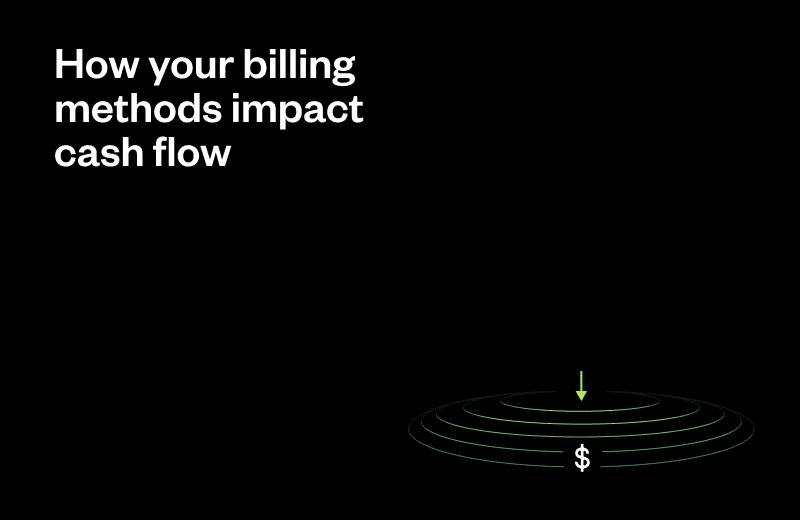Today, any company that receives a substantial number of credit card orders faces a grave threat: chargebacks. For those unaware, a chargeback is when a customer reverses an order they made from you and then gets their money back. Originally, chargebacks were created to protect consumers from unscrupulous merchants. Rather than endlessly arguing about unauthorized charges, customers could simply initiate the chargeback and be done with it.
Unfortunately, the ease of initiating a chargeback has created a class of unscrupulous consumers. Increasingly, consumers who have not been wronged in any demonstrable way are using chargebacks heedlessly. Other chargebacks arise from innocent clerical errors. All chargebacks, no matter the source, have the potential to wreak havoc on the cash flow of card-accepting businesses. Below, we’ll explore several ways that companies can protect themselves from chargebacks.
Know Each “Reason Code”
While chargebacks are designed to be easy and automatic for consumers, they cannot simply be executed without reason. Rather, there are four separate “reason codes”, one of which customers must state to their credit card issuer and which the credit card issuer, in turn, is required to provide the merchant. Chargebacks can only be processed when one of the following reason codes is given:
- Technical. Technical chargebacks are issued for reasons including expired card authorization, non-sufficient funds, or bank processing errors.
- Clerical. Clerical chargebacks occur for issues such as duplicate billing, an incorrect amount billed, or when a promised refund was never issued.
- Quality. Quality-related chargebacks are issued when customers claim to have never received the item(s), received them in a defective state or received them later than promised.
- Fraud. Fraud-related chargebacks are invoked when there is a suspicion of identity theft and/or when a customer’s credit card was charged without their authorization.
Various names are given to these codes by different banks and credit card issuers, but all chargebacks fall somewhere within the four categories. As might be expected, the most common chargebacks are those stemming from fraud (real or imagined). Customers who believe they have been charged without permission are quick to call their credit card company and initiate a chargeback.
Unfortunately, as noted, consumers can also initiate chargebacks by merely alleging that fraud occurred – and nine times out of ten, the credit card issuer sides with their customer, no questions asked. To protect your business from frivolous chargebacks, you need to take proactive measures before you are faced with one.
Documentation & Proof
The most immediate, practical way a business can prevent frivolous chargebacks is to maintain proof of all credit card orders. The importance of proof and documentation cannot be stressed enough. If you have no physical record of a customer authorizing a charge, the customer can get their chargeback uncontested, even if they did, in fact, authorize the charge. On the other hand, if you have a print or email record of the charge, customers cannot get chargebacks as easily.
Even if the customer gets their chargeback initially, there will be what is known as a “retrieval period” during which an investigation occurs. Businesses that can furnish documented proof that disputed transactions were properly processed can get chargebacks reversed – and prevent possible cash flow problems.
Physical stores can protect against chargebacks more easily than Internet retailers by requiring that cards be swiped. Stores with swipe-only checkout are therefore virtually insulated from fraud-related chargebacks. Another way to substantiate the fact that an authorized charge took place is to imprint it on the customer’s receipt at time of checkout. The time-honored practice of asking for signatures (to compare with the signature on the back of a customer’s card) is still another means of ensuring valid transactions are not reversed.
Always be sure to request identification when a customer’s credit card is not signed. A driver’s license or other photographed, government-issued ID card will verify whether a customer is authorized to use the card in question.
When credit card orders come in over the phone, it helps to indicate this in your company’s records. It also never hurts to ensure the number on your screen at checkout matches the one on the credit card.
Stellar Service

The advice above will help protect you against honest errors and brazen consumer fraud. However, businesses can also limit the number of chargebacks they receive by offering stellar customer service. More than anything else, good customer service helps to repel refund-related chargebacks.
For one thing, customers who feel they have been taken care of are less likely to request refunds in the first place. But even when refund is requested, a kind and courteous employee can often defuse the situation.
Perhaps the best protection against chargebacks is to combine the documentation methods discussed earlier with courteous customer service. Instruct your cashiers and salespeople to tell customers that the various security measures you implement are for their protection.
Over time, your customers will learn that your business truly values their safety and security. This, in turn, builds goodwill toward your business, which, hopefully, results in fewer chargeback refunds being sought.
Recognizing Your Company
One closing point to ensure a reduction in chargebacks is working with your merchant account to have a branded URL to show on your customers’ statement.
Some of you may be familiar with this tactic from a 37signals post back in January of 2009 where they talked about how they encountered a lot of confusion with their 37signals company name vs. their customers’ knowing them better as Basecamp.
Our sister company Grasshopper has implemented this tactic with some great success.
By using the URL Grasshopper.com/charge on customers’ statements, Grasshopper has been able to reduce their amount of billing related support calls, reduce chargebacks, and increase customer retention.
The Grasshopper.com/charge landing page covers 3 main points to alleviate chargebacks:
- Who Grasshopper is
- Why they are charging the customer
- If they are unfamiliar with the charge, suggestions to check with partners and around the office to see when account was created
It also has the Grasshopper 24/7 Support phone number and link to the Support Center for creating a ticket.
The Takeaway
In short, preventing chargebacks requires a two-pronged approach of firm, relentless documentation of everything sales-related and providing excellent customer service. Anything pertinent to proving a credit card transaction occurred must be documented and retrieved in the event of a dispute. At the same time, your business should take care of customers such that they are less likely to request refunds.





